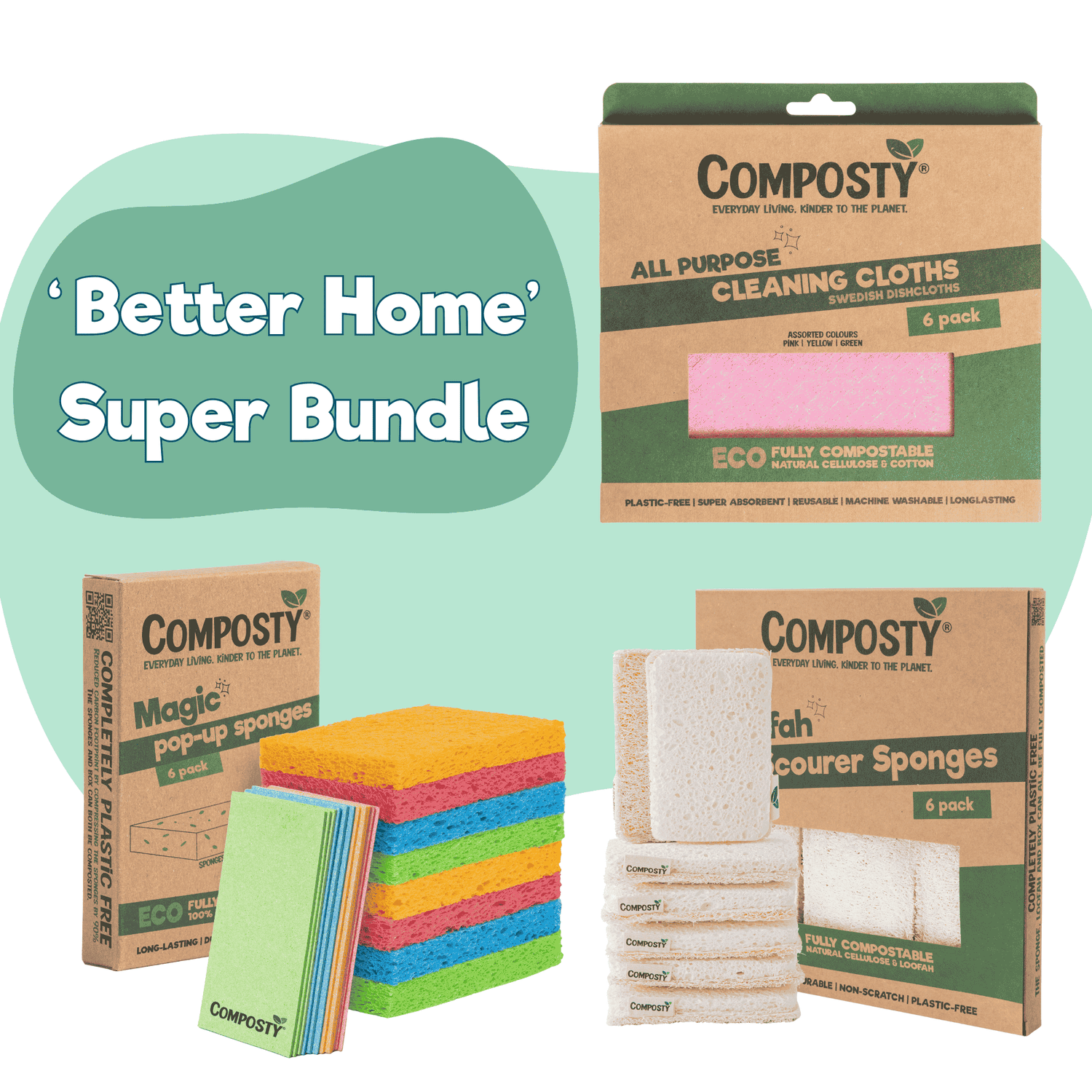
Why And How You Should Make Your Own Leaf Mould
Leaf mould is simply decomposed leaves but there’s nothing simple about all the benefits it provides for the soil. It also has various uses in the garden and leaf mould is free.
Leaf mould (also known as leaf mold and leafmould) is part of the permaculture of nature and is a vital food source for vegetation. The trees and other deciduous plants drop their leaves in autumn, the leaves decompose, enhance the soil, and feed the plants.
Wooded areas are natural closed-loop permacultures that are self-sustainable, and leaf mould plays a huge role in promoting the growth of native plants and trees. Just think about what this free, organic product could do in your garden or landscape.
Build A Bin
Build a simple 3 or 4-sided bin outdoors for your leaf collection. Use fence posts for the corners and attach chicken wire to create a place for the leaves to decompose without blowing away.
Build the leaf bin in a location that is out of the way and can be left alone for the next 2-years.
Instead of a bin, you can use bags. Plastic lawn and leaf bags are good for holding leaves while they decompose. Fill the bags full of leaves, secure the tops, poke a few small holes in the bottom of the bag to allow air circulation, then place the bags out of the way and forget about them for the next couple of years.
If you’re opposed to the use of plastic bags, aluminum trash cans or simelar lidded receptacles will work. Reusable cloth bags are not a viable option for recycling leaves into leaf mould because the bags would hold onto moisture and attract pests.
Start A Leaf Collection
Leaf mould takes time to create and should be done separately from the compost pile. The process takes 1-2 years when done completely natural. Leaf mould accelerators are on the market and will speed the process up but it’s still going to take some time.
Collect leaves from your landscape in autumn to place in the bin. The more leaves you have the better. All leaves are good to use, with oak, ash, poplar, birch, and beech being the favorites. Avoid using the leaves from evergreen trees and pine needles because they take way too long to decompose.
Check out other places where you can harvest leaves but leaves the one along roadways alone. These leaves will contain pollutants from passing vehicles and you don’t want those in your garden.
Making The Mould
Pile or bag the leaves and dampen them. Piles of leaves will not generate heat as a compost pile does. Fungi, rather than heat and bacteria, are hard at work breaking down the leaves.
The leaf pile can be checked every month for moisture levels. If the leaves seem dry, add a little water to dampen them but don’t saturate them with water.
How To Use Leaf Mould
After 1-year the leaves will still be somewhat recognizable. At this stage, the leaf mould can be crumbled and used as mulch around plants. Earthworms will complete the decomposition by working the crumbled leaves under the soil.
By the end of the second year, the leaves will not be recognizable and look much like compost. At this stage, it’s ready for all garden usage. Create a 50-50 mixture with compost and use it as a growing medium for starting vegetable or flower seeds. Use it in containers to grow houseplants or garden plants. Work it into the soil to increase fertility, water retention, and airflow. Apply it on top of the soil as mulch to keep the soil cool and prevent weed growth.
Why Make Leaf Mould?
One of the best reasons to make leaf mould is that it’s free plant food. It’s a sustainable product an ideal way for recycling fallen tree leaves into something useful. The dead leaves help to feed the living plants by enhancing the soil. The soil is able to retain water better and circulate air around the roots more efficiently when leaf mould is in the soil.
Leaf mould also increases mycorrhizal fungi in the soil which help plants uptake moisture and nutrients. Mycorrhizal fungi seek out soil nutrients and phosphate and bring them to the plant roots and helps prevent plants from developing fungal diseases. Many gardeners innoculate the garden soil with this type of fungi because of the benefits it provides but you get it free when you make leaf mould.
Leaf mould is versatile and can be used as a medium for starting seeds, as a soil conditioner, and/or mulch. It can be used in containers or in-ground and is a vital part of a permaculture.
Making leaf mould is recycling what nature gives to help create a closed-loop, sustainable food source in your own backyard.
What Is Permaculture?
It’s working with nature rather than against it. Burning fallen leaves in autumn and buying synthetic soil conditioners in the spring is working against nature. It’s wasting what has been given freely, increasing air pollution, wasting money, and ultimately harming the soil, water, and food sources.
Permaculture works to create a circle of life (closed-loop) where everything works together in a sustainable manner so everything (and everyone) benefits. Recycling leaves into plant food is a small step in the right direction towards helping to secure a sustainable future.

